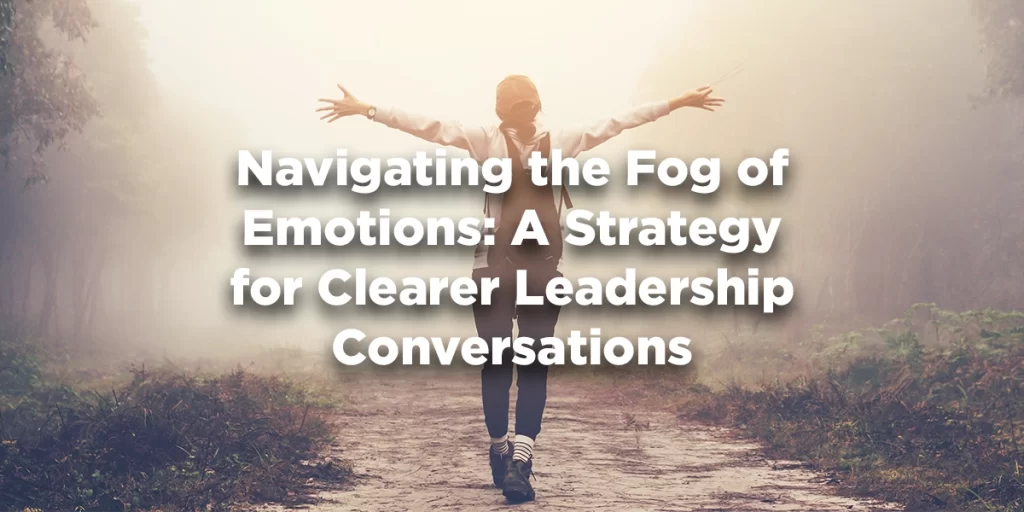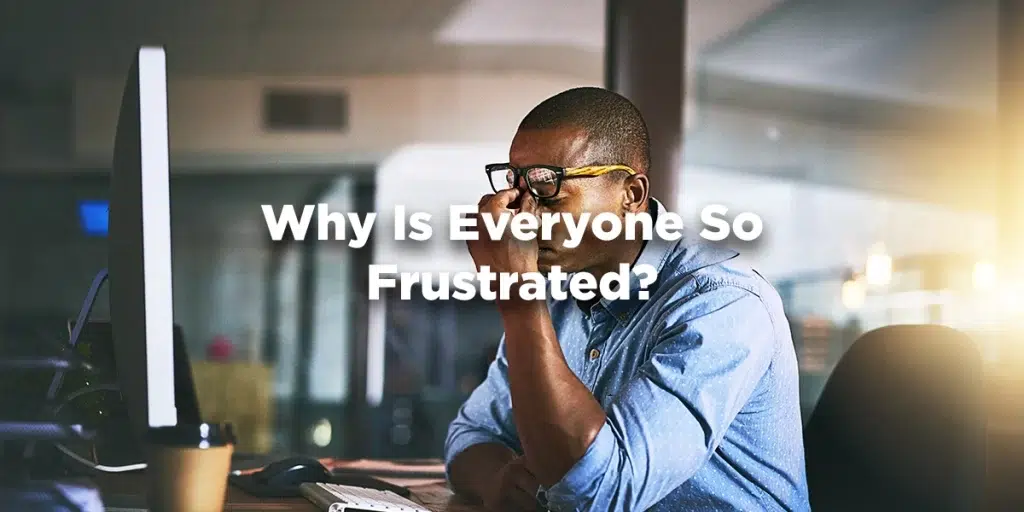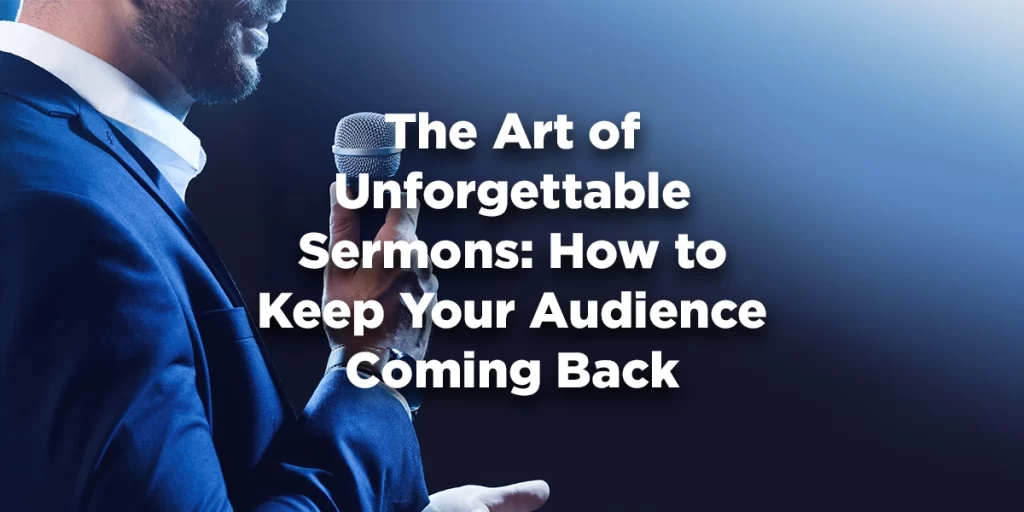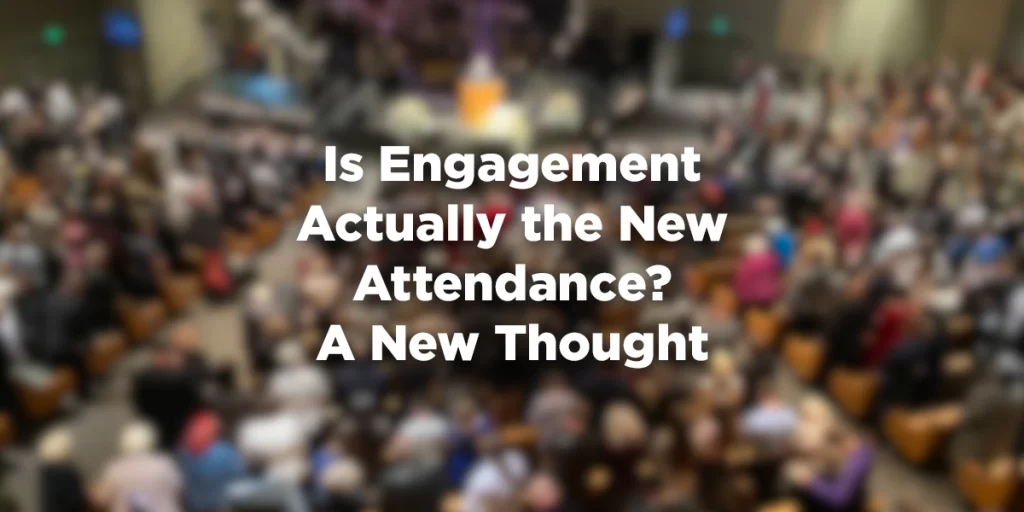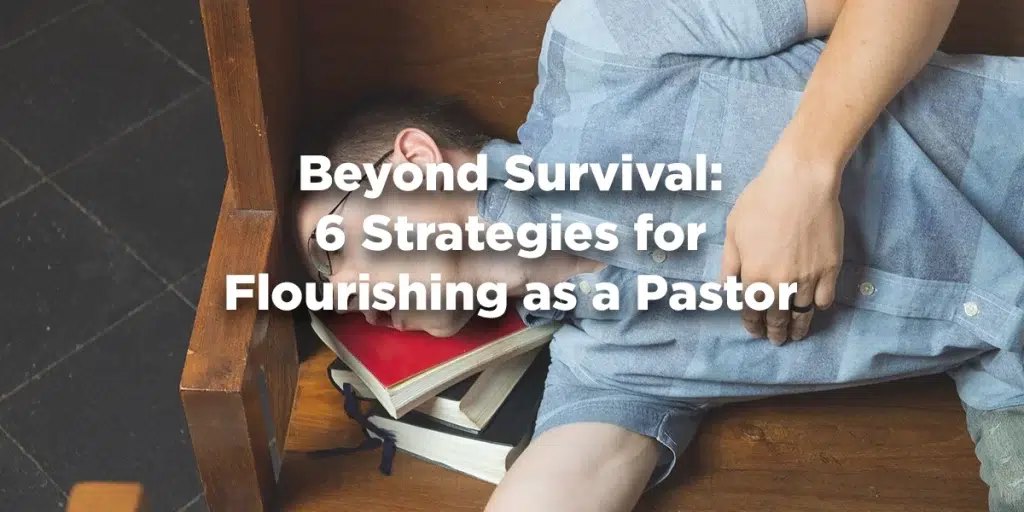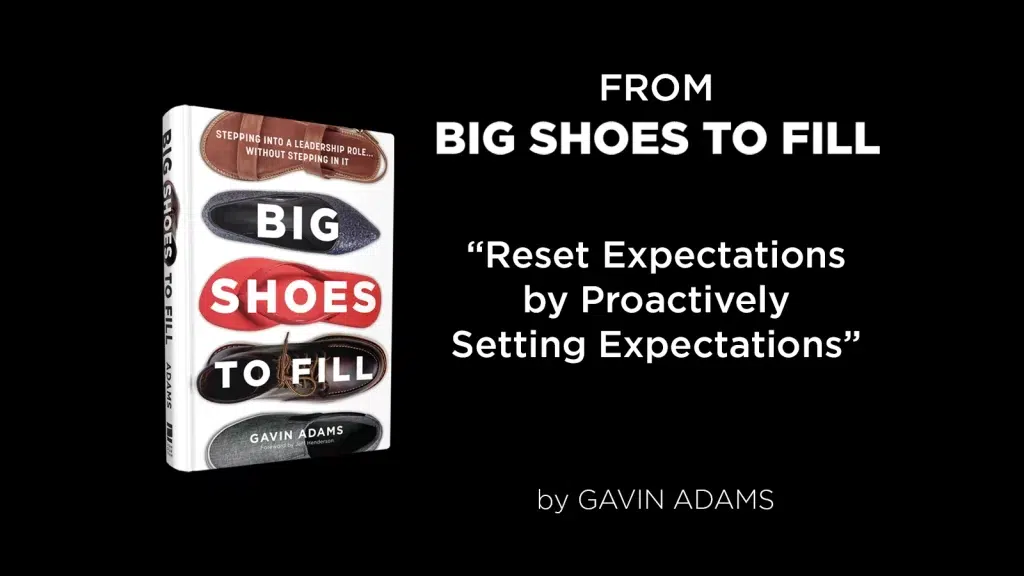Coaching Session Topics.
Each Coaching Session Topic is designed to provide insanely practical leadership and organizational help.
Every leader and organization is unique. I offer a customized, yet flexible, working relationship to best meet your needs.
Professional Growth Topics:
Leaders can’t be effective if they are perpetually mentally, emotionally, and physically exhausted. In this session, we’ll consider how to best prepare to handle the stress and pressure of leadership.
Every leader is born with an element of ambition. In this session, we’ll evaluate the place and priority of personal ambition within the greater mission.
Based on the book by The Arbinger Institute, in this session, we’ll consider how we deceive ourselves by betraying our internal wiring to serve others.
In this session, we’ll examine the role of contentment and satisfaction in our personal and organizational leadership.
In your organization, there are things only you can do and should do. In this session, we’ll consider where you should spend your time and attention.
Improving our presentation skills improves our connection and reach. In this session, we’ll discuss the importance of presenting.
Leadership by nature is disruptive. It’s inevitable that we’ll encounter difficult people. In this session, we’ll evaluate how to best respond rather than react.
Every leader needs three specific people in their inner circle. In this session, we’ll look at what each of the three provides a leader.
At times, the leader is the lid of the organization. In this session, we’ll consider how to raise our personal leadership lid and create space for additional growth.
In a growing organization, it’s impossible to require complete consensus. In this session, we’ll learn how to commit to other’s ideas even when we don’t fully agree.
Diversity and inclusion allow leaders to gain new perspectives. In this session, we’ll consider some diversity opportunities to expand your leadership.
Leaders constantly make decisions that affect those inside and outside their organization. In this session, we’ll evaluate the decisions making process and consider new methods to improve outcomes.
You can’t microwave success. In this session, we’ll evaluate how our decisions today can create success tomorrow.
Every leader fights the temptation of comparison. In this session, we’ll consider where our comparison must be focused.
Great leaders will always have opportunities. In this session, we’ll discuss how to best evaluate opportunities for our preferable future.
It’s natural to surround ourselves with people like us. In this session, we’ll look at who is and should surround you as a leader.
A traditional organizational chart positions the leader at the top of the pyramid. In this session, we’ll flip the chart and consider the ramifications of thinking like a servant, not a boss.
No leader can avoid conflict. In this session, we’ll consider how to engage in healthy conflict for the greater good.
The only way to improve is to understand where we have room for growth. In this session, we’ll evaluate the best methods for soliciting personal feedback.
The point of preaching is to inspire the application of information to create life transformation. In this session, we’ll examine a preaching method that goes beyond information.
Pastors enter ministry with a passion but often leave exhausted. In this session, we’ll discuss methods to reengage our passion and purpose through practical strategies.
Organizational Leadership Topics:
As a leader, we are consistently called to make decisions for an unpredictable future. In this session, we’ll discuss how an unpredictable future doesn’t have to limit our present leadership actions.
Trust is foundational for any successful organization, making it a significant leadership strategy. In this session, we’ll examine the two elements that make people trustworthy and how to deal with those we struggle to trust.
As a leader, how we handle credit and blame dictates the experience for our team. In this session, we’ll evaluate how to publicly celebrate the team while privately holding the weight of mistakes.
Change is the only constant, meaning organizational change is constantly demanded. It’s impossible to change an organization if you can’t lead the people in the organization through the change process. In this session, we’ll focus on the people elements of organizational change.
Over time, organizations tend to drift toward decisions that benefit the organization, not the customer. In this session, we’ll examine the components of a customer-centric organization.
Effective delegation techniques help leaders provide clarity and authority without micromanagement or abdication. In this session, we’ll examine the four levels of delegation and the steps necessary for delegation effectiveness.
We all want to be successful, but unmanaged, success can become our greatest obstacle. In this session, we’ll discuss the trappings of success and how to avoid them.
Every organization eventually hits a wall. In this session, we’ll examine how to remove barriers to growth and the steps we can take to barrier-proof our organization.
Your organizational structure must support the mission, vision, and strategy. In this session, we’ll examine the purpose and design of organizational structures.
Leadership and management are necessary to every organization, yet they are distinctly different. In this session, we’ll examine the unique roles leaders and managers play while ensuring orchestration doesn’t become our primary endeavor.
How can churches build a fully hybrid approach that creates a seamless digital and physical experience for their congregation and community? In this session, we will examine hybrid church methods.
There are many models for successful multisite church leadership. Picking the one that’s right for your church is a decision ripe for error. In this session, we’ll examine the necessities of successful multisite expressions.
A significant part of a pastor’s job is inspiring individuals in the church to take a step. In this session, we’ll discuss how to make an effective ask, build a church of incremental steps, and ensure each step serves as an effective element in your discipleship pathway.
The law of diminishing astonishment works directly against our propensity to leverage excellence as a drawing factor. In this session, we’ll consider how to keep people inspired after their initial excitement wanes.
First impressions matter. In this session, we’ll discuss how to create a first-time guess experience that helps ensure their first visit won’t be their last visit.

